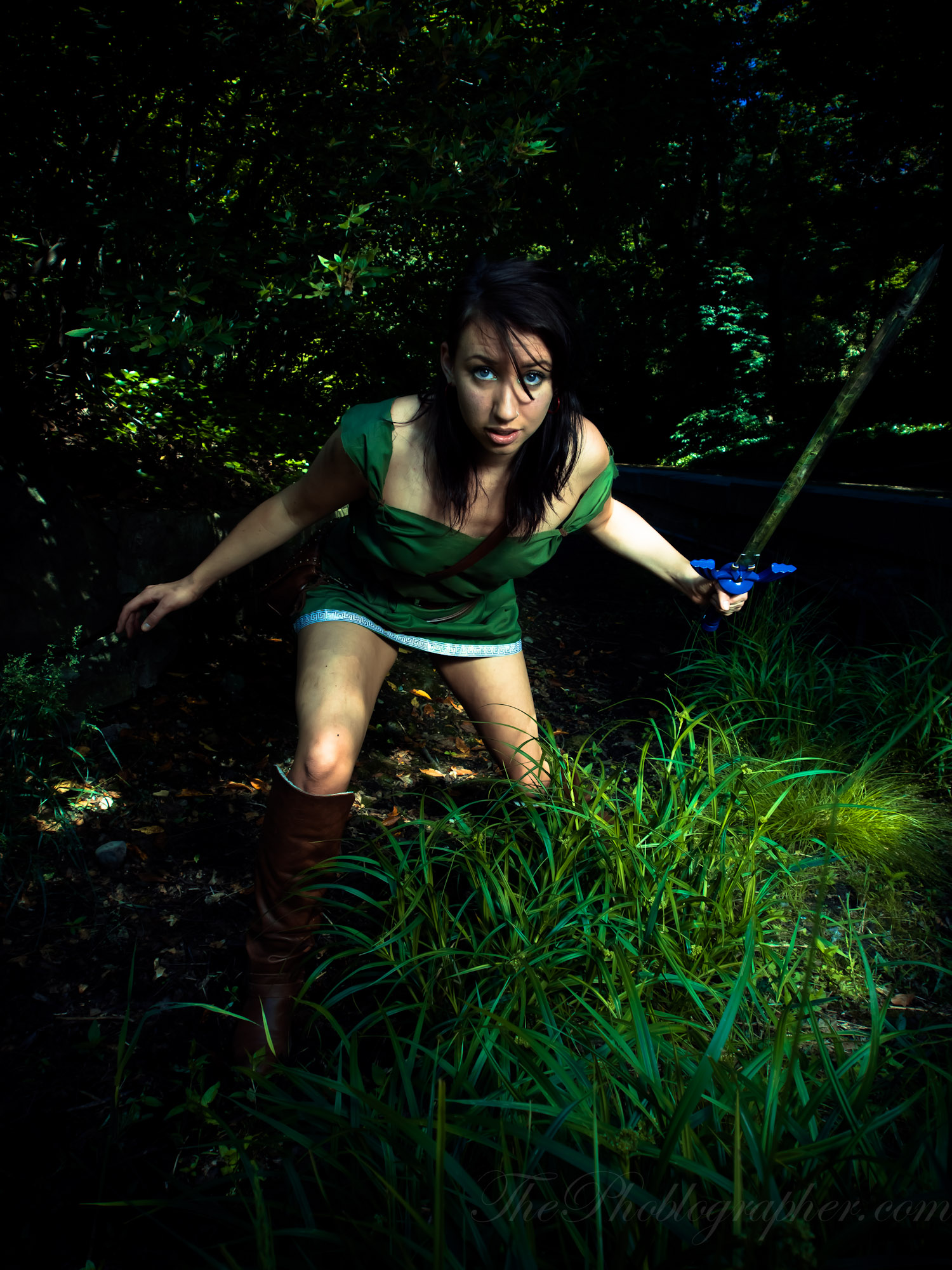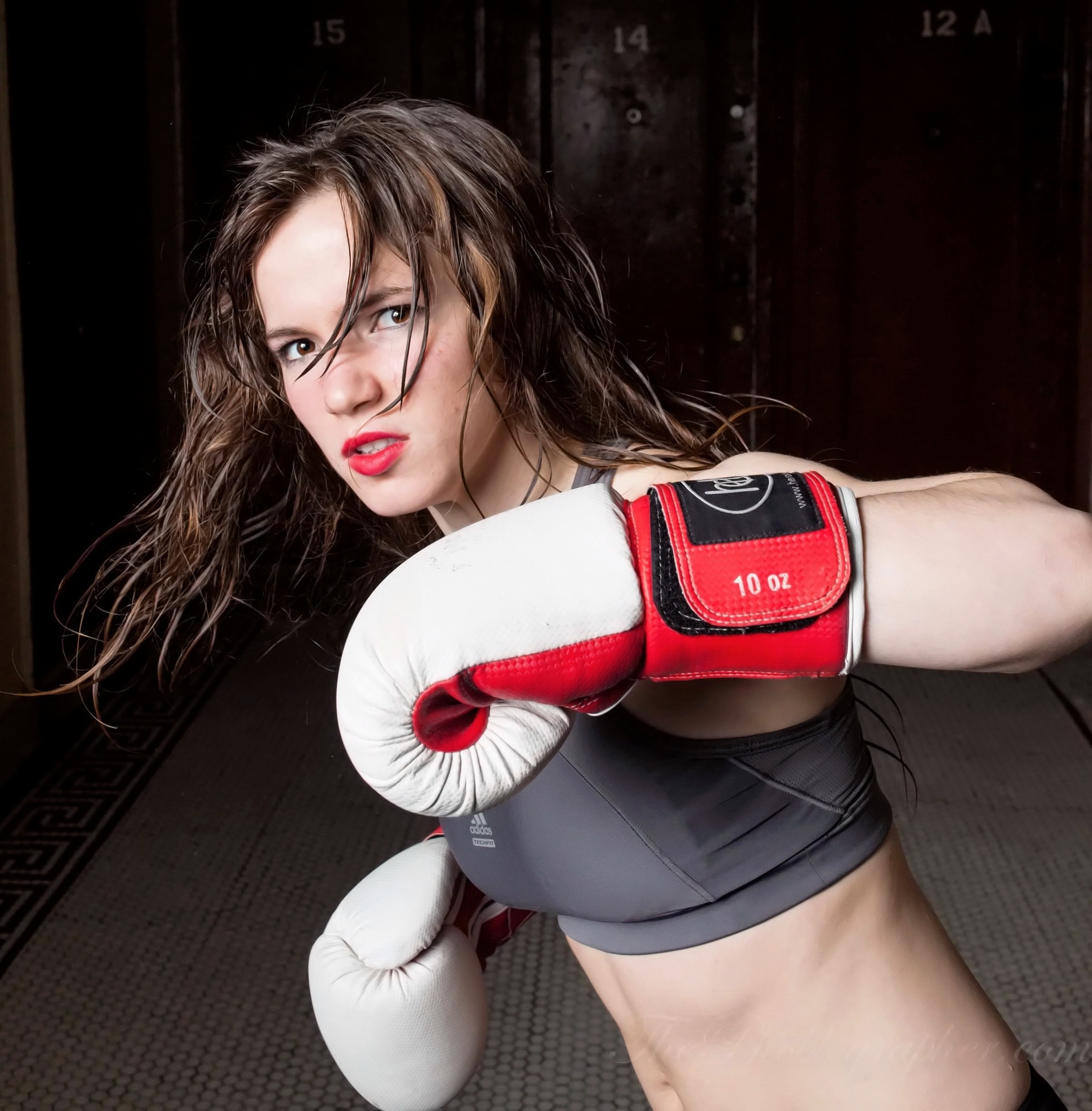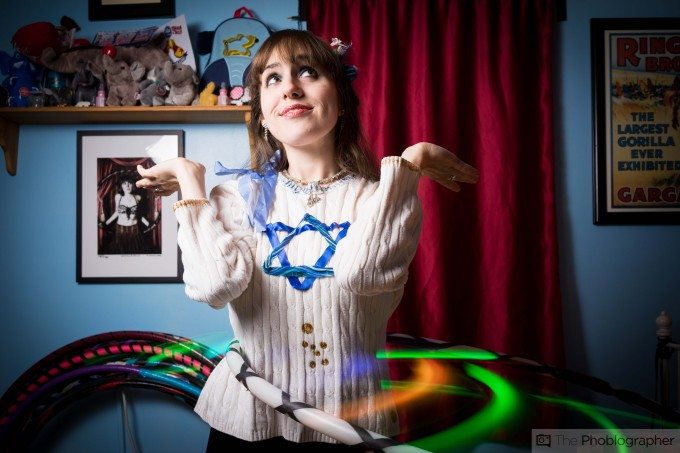Last Updated on 01/22/2014 by Felix Esser
Every now and then, we receive a reader letter that really hits home with us that we believe are great questions. And today, we’re featuring one from reader Ron Childress. His question has to do with second curtain flash–a technique not always thought about by many photographers–but one that is still cool otherwise. Specifically, Ron wants to know why not always leave your camera in the second curtain flash setting?
In my early career, I was totally in the same boat: but here’s our answer.
The Letter
Greetings,
First off, I love everything about your site, all of the posts, the reviews, etc, etc. You are all awesome. My question has to do with rear curtain sync. I’ve read about it, watched videos, etc. I understand how it works, and why, but……why not just set it to rear curtain sync and leave it there? Does it make that big of a difference to use rear curtain sync for, say a portrait with no movement?Regards,
Ron Childress
The Answer
First off, let’s explain to everyone what each setting does.

1st curtain flash sync: means that the flash goes off right before the first curtain of the shutter closes. To be a bit more clear, we’re talking about a focal plane shutter–which is standard on most DSLR and mirrorless cameras. In the case of a leaf shutter (the X100s for example), the shutter is built into the lens and can often sync to a faster speed. Focal plane shutters often allow for a standard sync speed of anywhere from 1/125th to 1/320th.
It also often allows for slightly less ambient light to be allowed into the final frame.
2nd curtain flash sync: means that the flash goes off right before the second curtain of the shutter closes. As a result, it can often let in more ambient light and movement. It’s a great technique to capture moving lights or something else like that. The lead image of this blog post was done using second curtain flash sync.
As you can also see by that image though, I was able to freeze Jordana and get the trails of her glow in the dark hula hoop. How? The reason has to do with the flash duration.
As long as your flash’s flash duration is at a very high speed, you need not worry about motion blur of your main subject. If your flash is set to a higher output setting (1/2 power or above typically), then the flash duration will often go down. In general, the flash duration often takes over as the shutter speed to stop fast moving motion. If I didn’t want to have any fast motion or any trails at all, I’d switch out to first curtain.

In general for portraits, it’s best to set your flash to first curtain. In the image above, I was able to capture Grace right before she punched at the camera because of a super fast flash duration and first curtain flash. If it were set to second curtain, I probably would have had some motion blur.
So the general answer to your question is that as long as the flash’s duration is fast enough, it isn’t so terrible to leave your camera set to second curtain flash. But to be absolutely sure, we’d set it to first curtain just in case. There are other technicalities involved with stroboscopic flash that can throw all of this out of whack, but we’ll save those for a later post.
Have questions? Send them to us at editors[at]thephoblographer[dot]com.
Please Support The Phoblographer
We love to bring you guys the latest and greatest news and gear related stuff. However, we can’t keep doing that unless we have your continued support. If you would like to purchase any of the items mentioned, please do so by clicking our links first and then purchasing the items as we then get a small portion of the sale to help run the website.
Also, please follow us on Facebook, Google+, Flickr and Twitter.


